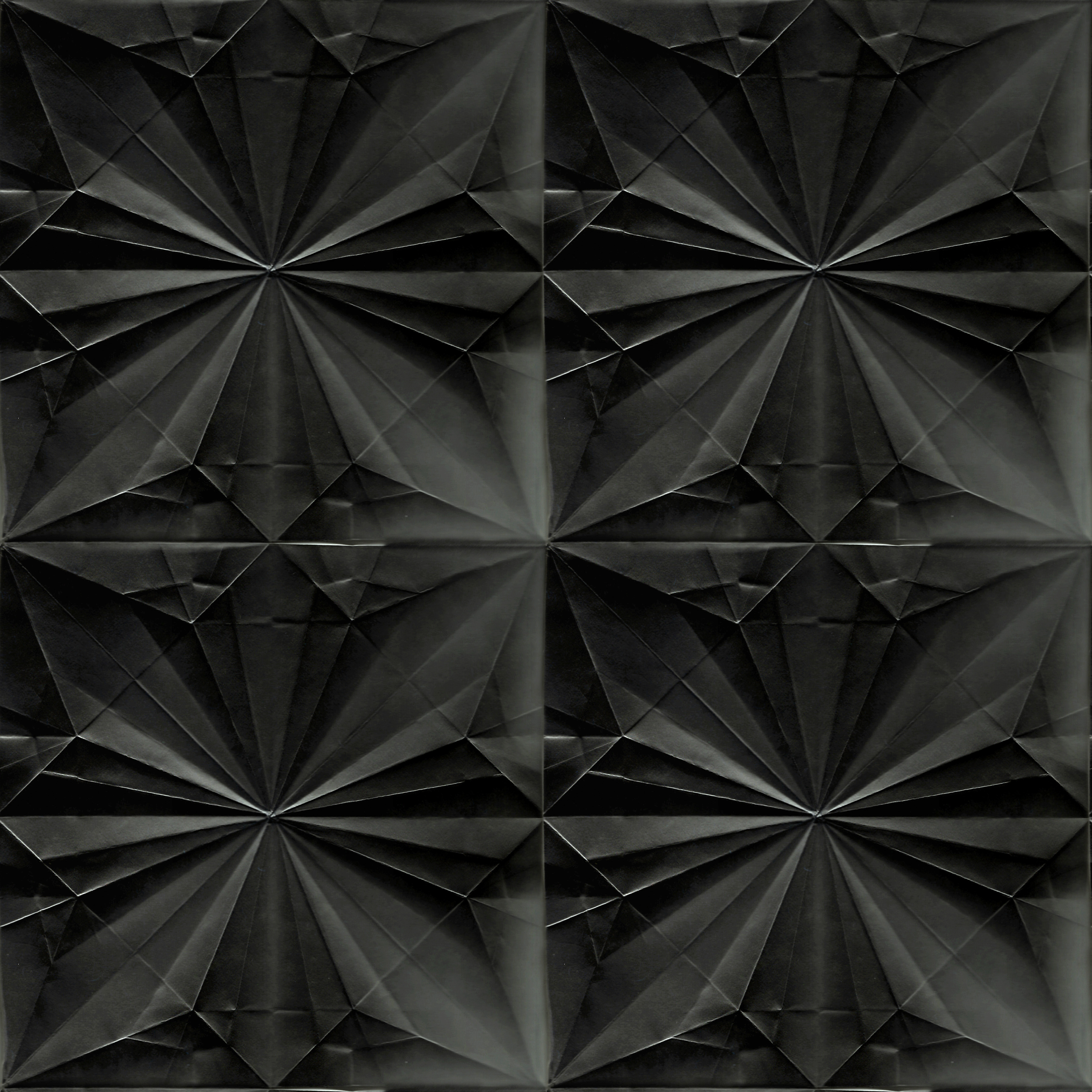A photographer. A painter. A writer. A curator. John Coplans is known for all these roles save for one, be beaten down by age. Initially trained as a painter who then moved to the US, Coplans stopped making paintings in the early 60s before he got back into the arts again as a photographer. Coplans started taking self-portraits at 62, after he stepped down from his editor-in-chief post at an art periodical called ArtForum.
Coplans’s affinity for the arts could be attributed to his weekend trips to various galleries in London and South Africa with his father, who was a medical doctor and have to keep shuttling between the two countries.
In 1937, 18-year-old Coplans was commissioned into the Royal Air Force as an Acting Pilot Officer, only to volunteer for the army two years later. His primarily active as a platoon commander in the King’s African Rifles in East Africa until his unit was deployed to India in 1943. After WWII, Coplans returned to civilian life and decided to study art with the grant given by the government to veterans.
The first thing that comes to mind with the word “self-portrait” is a mid close-up shot of oneself (a.k.a. “selfie” for the millenials). This is not the case for John Coplans. Heavily influenced by the abstract expressionism movement, his self-portraits are a series of monochromatic images of body parts in various forms of contortions, sans the head. This gives the portraits an alien feel yet somewhat familiar to viewers. The lack of colour adds a certain alien dimension to the photograph while creating less noise so that the viewer focuses on the subject.

All of his photos tries to break the perceived standard of youth and beauty that has permeated everywhere, including photography. This closely cropped photo of his raised feet gives an illusion of height; to elevate oneself to divine status over others. The higher you are up in society, your flaws are more vulnerable to being scrutinised. The height and the busy foreground naturally makes a viewer to look at it from bottom-up.
From the uneven toenails to tufts of hairs, and a score of scabs on the right, it represents how society is quick to call out imperfections of others to validate their self-worth. Viewers might be quite taken aback by Coplans’s brazen showcase of his imperfections, as a society we are more comfortable with hiding our flaws and want others to do the same.

Cropped just at the hips, Coplans’s back forms a solid rectangular slab and two fists coming out from the top. The centre of the back is hairless and appears smooth, which soon gives way to soft curly hairs that adds relief against the background.
This could be alluded to how one must upkeep one’s appearance in public to the point of self-censoring one’s features that is deem distasteful in the eye of the general public (represented by the stark antenna-like fists looking down).
This could also mean a form of breakthrough. The two clenched fists protruding aggressively out from the pallid block (a portrayal of squareness; the rigidity in societal norms) shows how Coplans try to break away and challenge the prevalent, narrow definition of beauty.
John Coplans believe that photography is a powerful way to transmit messages and that the body, with all of its forms, has a universal non-verbal language that transcends languages. Coplans dare to challenge the celebrated forms of youth and beauty that mandates the ageing body to be hidden from view due to the imperfections. He also wants to dismiss the taboo of using a nude patriarchal body in Western art.
References:
http://www.theguardian.com/news/2003/sep/05/guardianobituaries.obituaries
http://www.tate.org.uk/art/artists/john-coplans-2353
http://www.tate.org.uk/art/artworks/coplans-self-portrait-back-with-arms-above-p11671
http://www.tate.org.uk/art/artworks/coplans-self-portrait-feet-frontal-p11670
